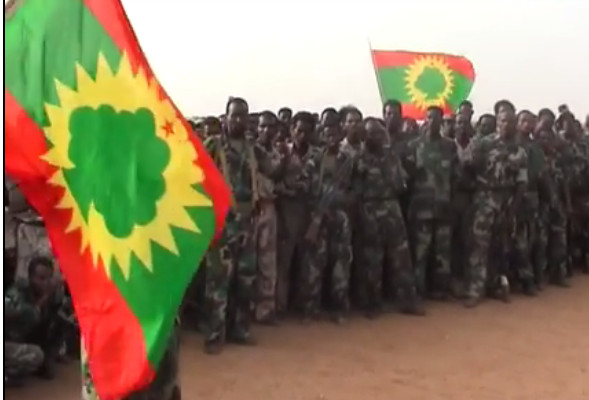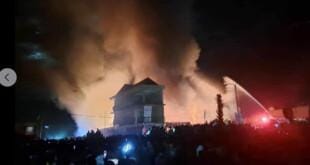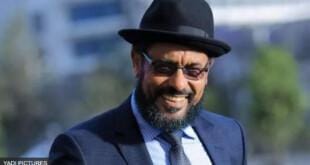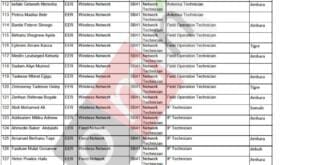In Ethiopia’s Gambella region, a June attack on the capital by a rebel group, the Oromo Liberation Army, has raised fears of more civil war spreading in the country. VOA spoke to local officials and analysts about what’s behind the violence and what it could mean for Ethiopia’s security.
In Gambella city, security has been beefed up. Officials say local police have started working in cooperation with troops recently sent to the region by the federal government.
A major attack by two rebel groups, the Oromo Liberation Army (OLA) and the Gambella Liberation Front (GLF), caught the city by surprise in June. Local media said up to 37 people were killed.

Analysts say it is the first time the Oromo conflict, a decades-old fight among local, federal forces and ethnic Oromo rebels, has reached Gambella city.
One witness, civil servant Abdu Abubeker, recounts seeing the OLA enter the city.
He said the shooting began at around 6 a.m. No one was expecting it, so no one was well prepared, Abdu said the OLA and the GLF entered the city as far as the regional council building. He recalled that “they entered the city from three directions. I think the Gambella Liberation Front was leading the OLA.”
Less than a week later, in the Oromia region, around 400 ethnic Amhara were killed by OLA militants.
The rapid uptick in violence in what Human Rights Watch calls Ethiopia’s “other conflict” has led some to question if it constitutes a second civil war for the country.
Information from the Armed Conflict Location and Event Data Project shows that from August 2021 to July 2022, there were 3,784 deaths linked to the OLA, compared with 651 the previous year, a nearly five-fold increase.
William Davison, an analyst with International Crisis Group, a Belgium-based research organization, said the increased violence is the result of long-standing grievances related to Oromo self-determination and lack of political representation in Ethiopia’s federal system, especially since the current government came to power in 2018.
“I think that added fuel to the Oromo Liberation Army insurgency, after a failure to reintegrate those fighters and their rebellion.”
The Oromo comprise the largest ethnic group in the country.
Asked if the conflict is as significant as Ethiopia’s headline-grabbing war with Tigrayan rebels in the north of the country, Davison said that it is a conflict in its own right.
“It probably doesn’t immediately threaten the regional government authority in Adama or the federal government authority in Addis Ababa, but it is affecting a huge number of people in Oromia, as well as leading to direct violence that’s killing combatants and civilians.”
Adama is a city in Ethiopia’s Oromia region.
For now, Gambella is calm, but fewer than 10 kilometers beyond its outskirts, local police say there are regular firefights with the OLA.
Local officials are keen to project stability.
Chankot Chote, head of the Gambella Regional State Peace and Security Office, said with the help of the special forces, federal police and regular police and the community, the situation has improved. He added that, although the OLA is trying to attack on the outskirts of town, they will never enter the city again.
The OLA is an offshoot of another rebel group, the Oromo Liberation Front, which signed a peace deal with the Ethiopian government in 2018.
Source VOA




